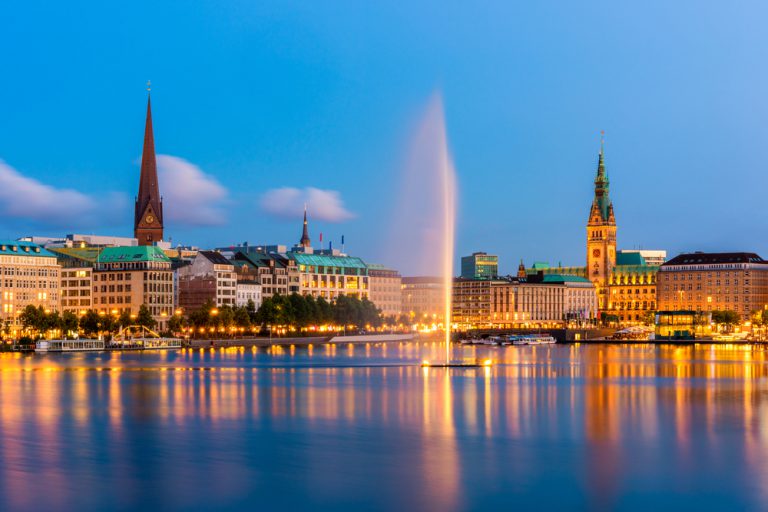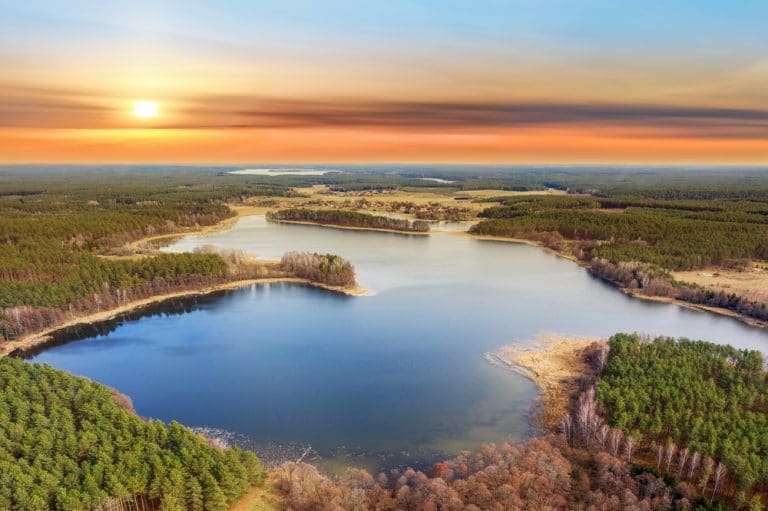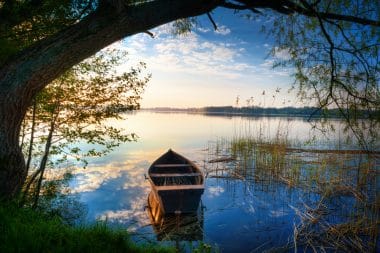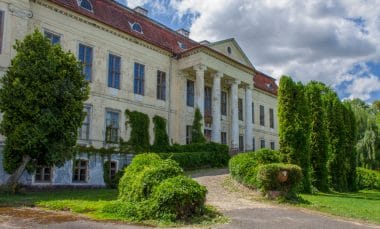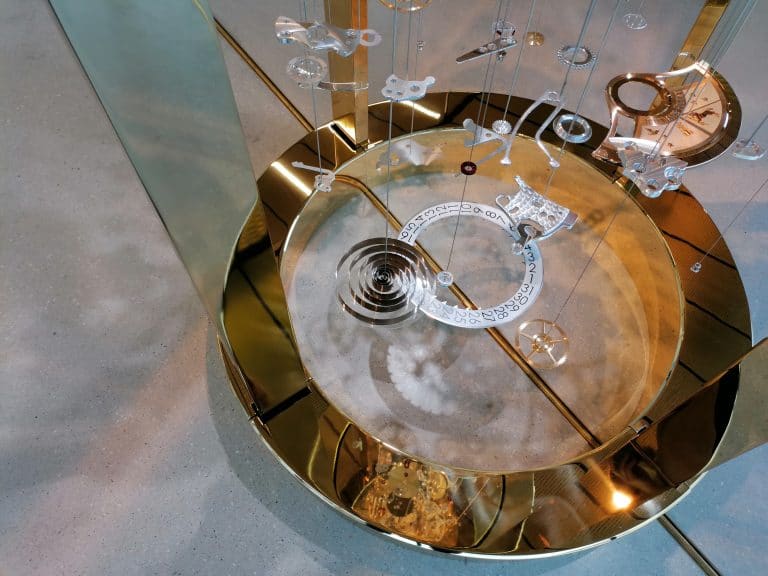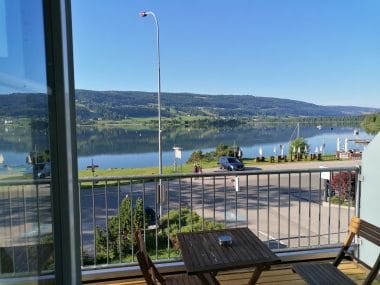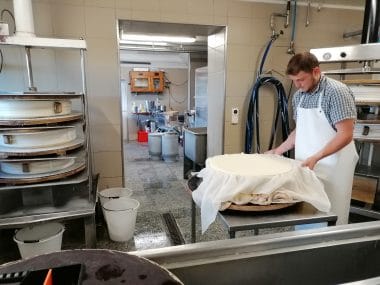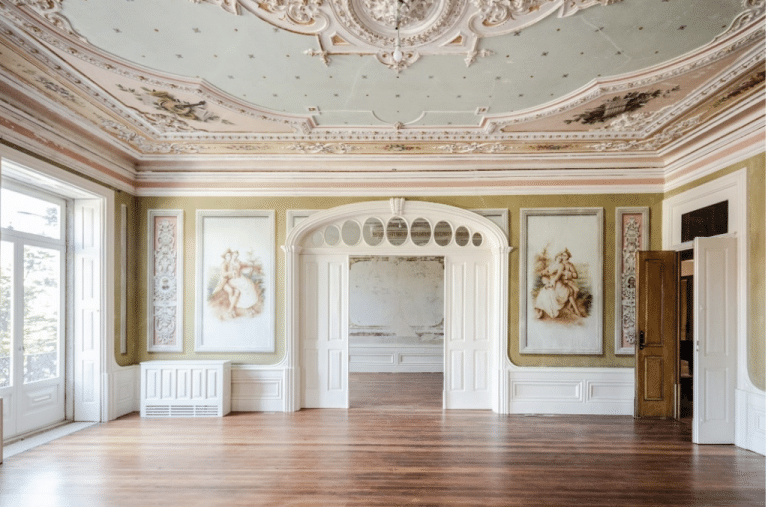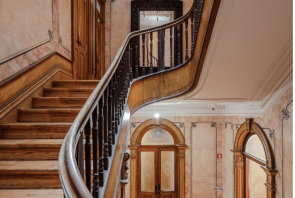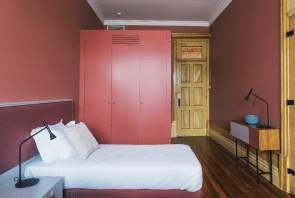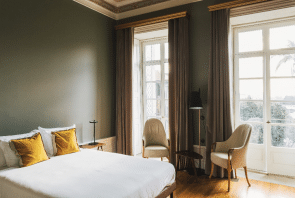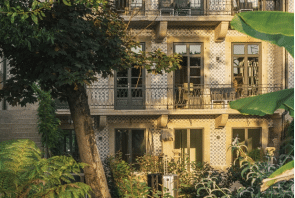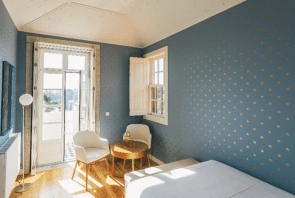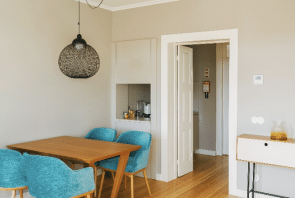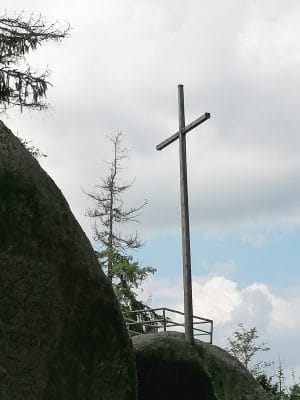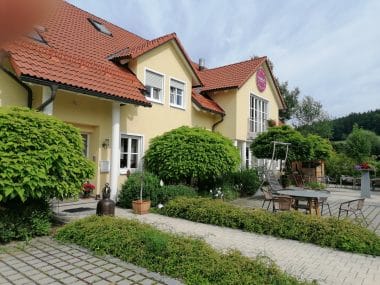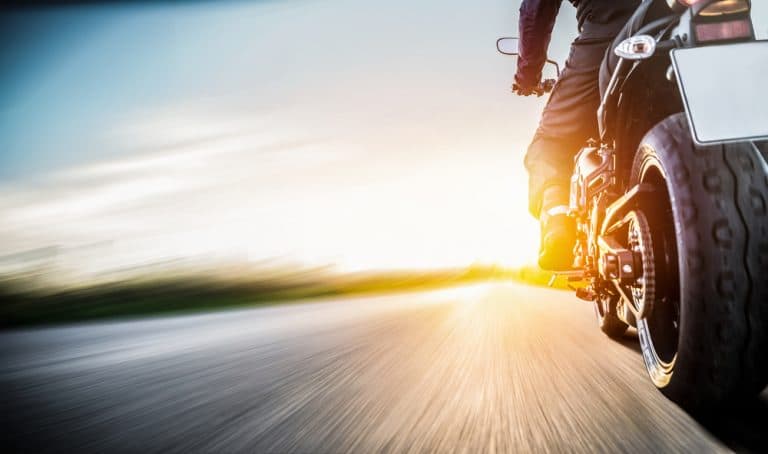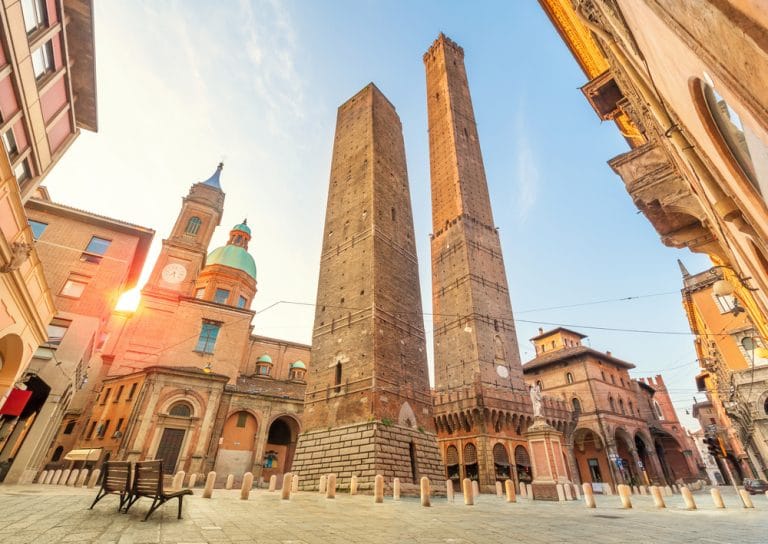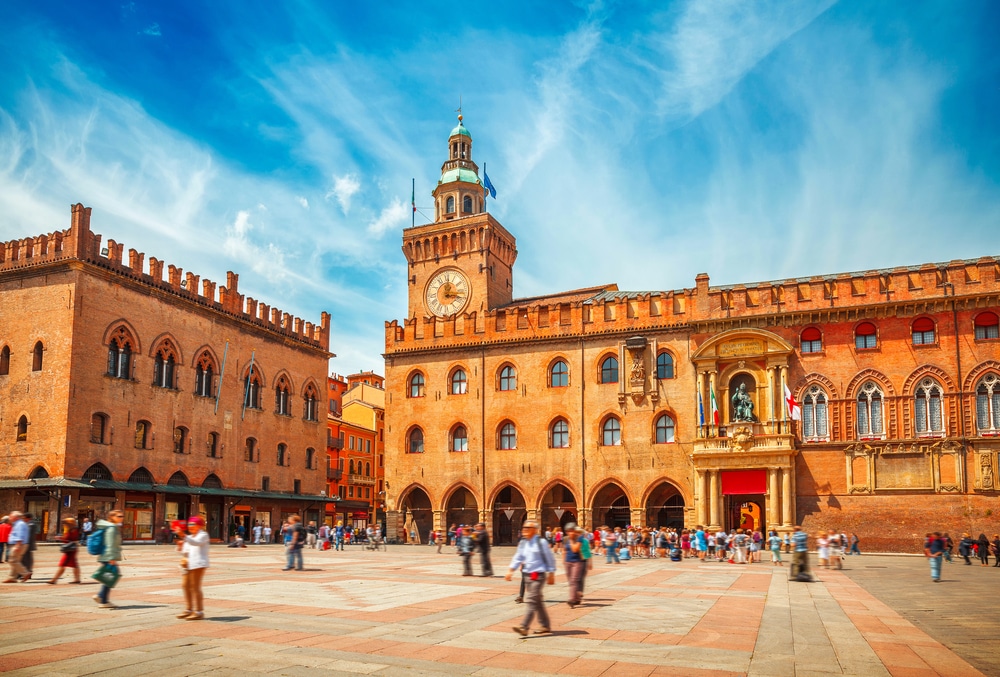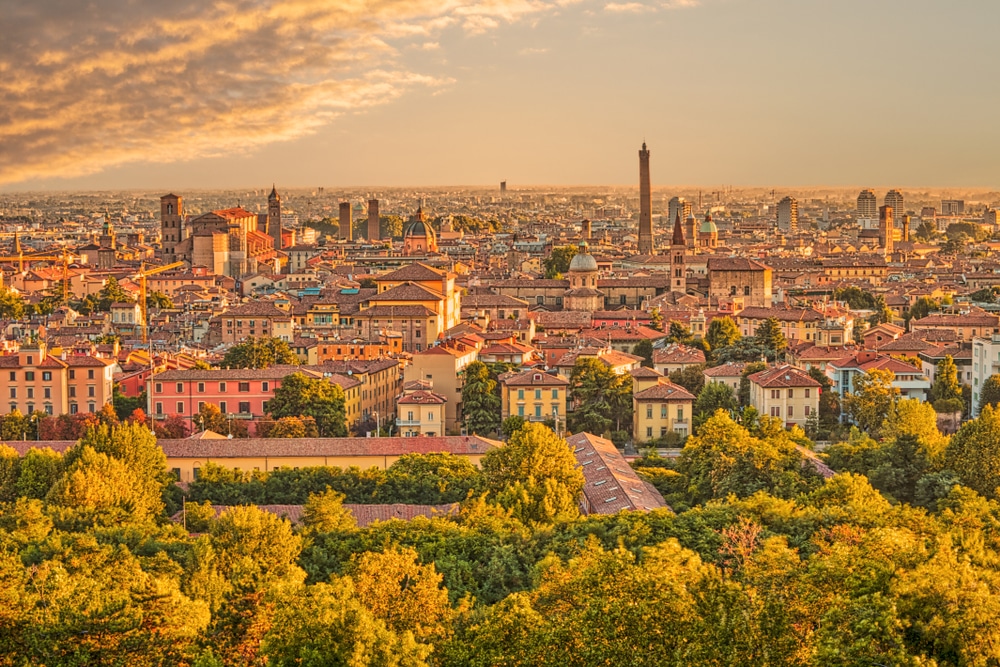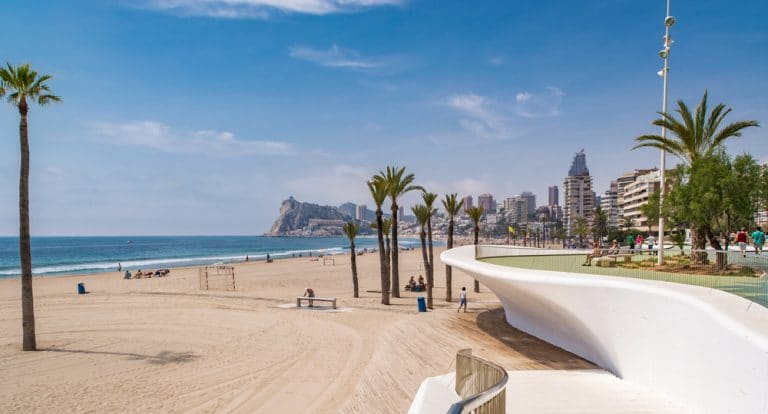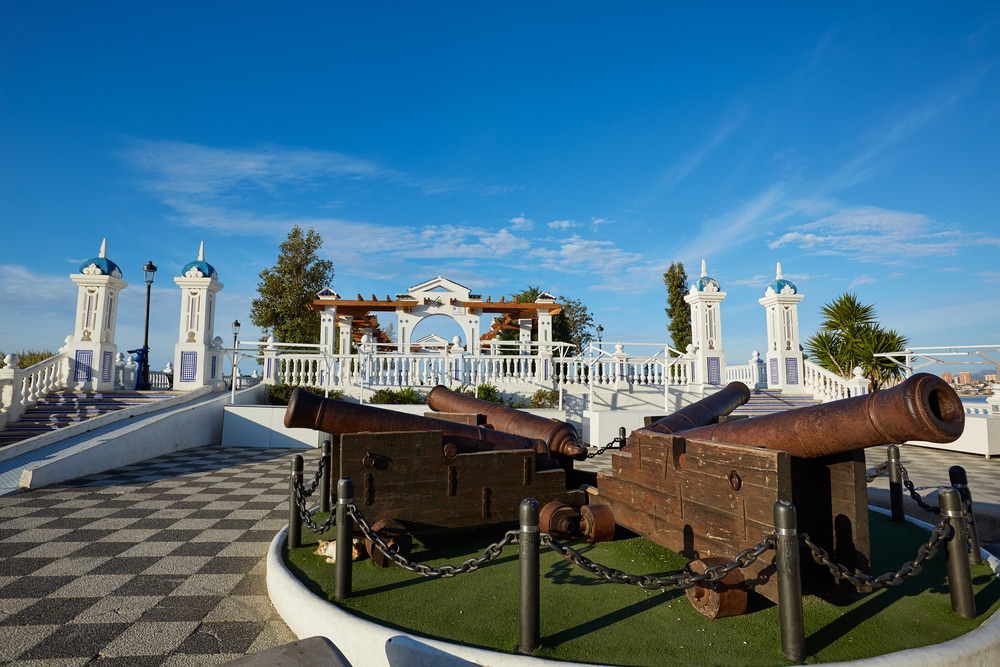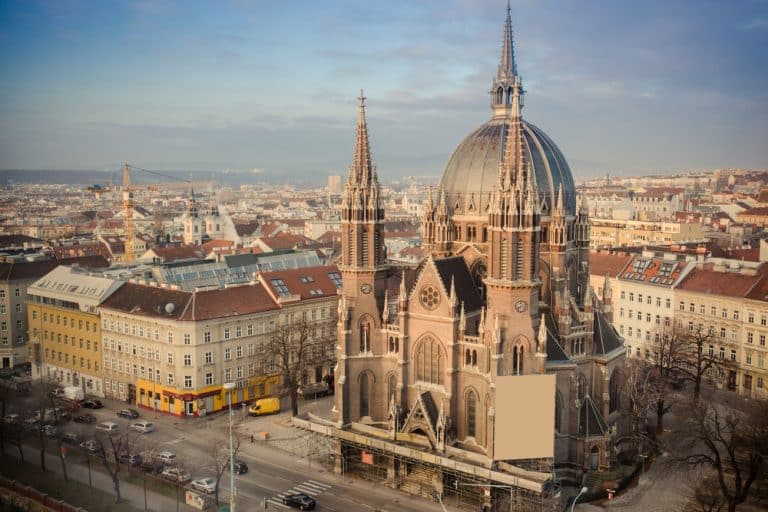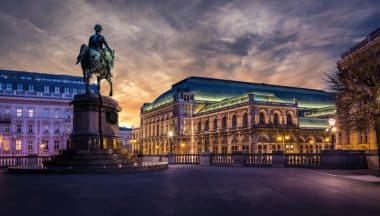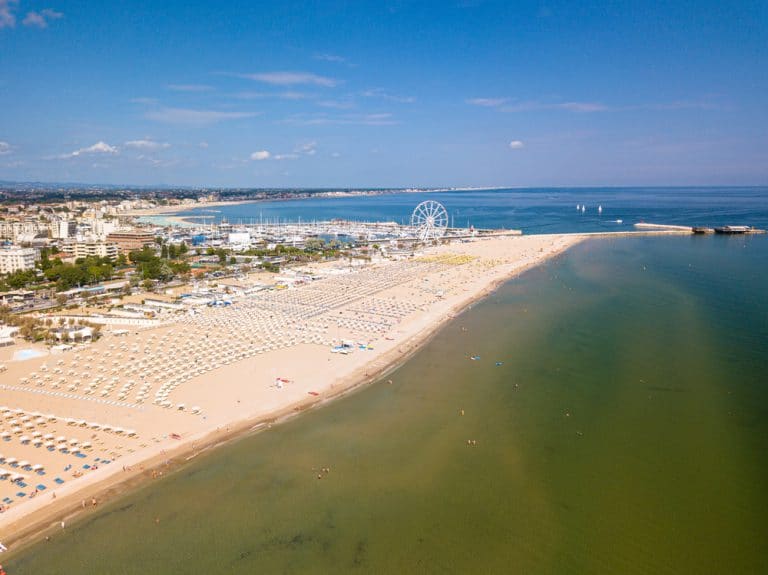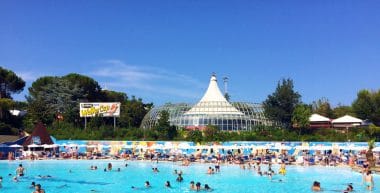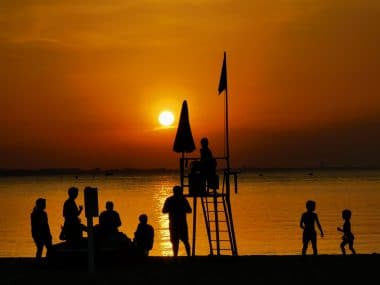The Elbe metropolis of Hamburg is characterized above all by its numerous sights and many different facets. There is a lot for visitors to discover in Hamburg, whether the Stadtpark, the Alster, the harbor or the most sinful mile in the Federal Republic of Germany on an extensive tour of the Reeperbahn.
The Hanseatic city presents itself as historic, green and maritime. The following article explains which landmarks, sights and other highlights in Hamburg should not be missed during a visit.
The Elbphilharmonie
The recently completed concert hall can undoubtedly be described as the new landmark of the Elbe metropolis. The Elbphilharmonie is thus one of the most impressive sights in Hamburg. The concert hall can either only be admired from the outside or get to know it in detail as part of an extensive guided tour.
The Große Freiheit and the Reeperbahn
The Reeperbahn is probably the most famous street and at the same time the most sinful mile of the Hanseatic city. The area around the Reeperbahn and the Große Freiheit has a lot to offer not only for party-mad night owls, but also for musical fans or theater lovers, for example. For particularly hungry visitors to Hamburg, we recommend the best schnitzel Hamburg.
The Speicherstadt
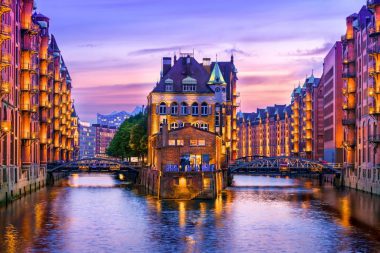
Hamburg is probably just as famous as the Reeperbahn for the Speicherstadt, which is a unique World Heritage Site. When visiting the Elbe metropolis, a detour to the Speicherstadt should therefore not be missed. There, for example, an impressive traditional ship harbour, the moated castle and the Miniatur Wunderland await you.
The Landungsbrücken
One of the most famous photo motifs of the Elbe metropolis is certainly the Landungsbrücken. The striking ensemble of buildings should therefore not be missed when visiting Hamburg. At the Landungsbrücken in St. Pauli, for example, you can see the Old Elbe Tunnel, the Rickmer Rickmers and the Cap San Diego.
The Hamburg Michel
Hamburg’s Michel is the most traditional landmark of the Hanseatic city. In the city center of Hamburg, the Michel is always present, which he owes to his tower, which measures a whole 132 meters and thus towers over all other buildings in the city.
The Planetarium
Hamburg is also home to the planetarium, one of the oldest star theatres in the world. After extensive renovations, the planetarium is now also one of the most modern theatres in the world.
The Alster
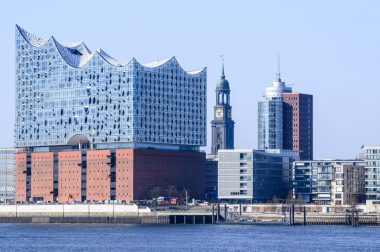
In the heart of the Hanseatic city is the Alster. Visitors should not miss a round trip on the beautiful lake. Those who prefer to travel on land can also enjoy the Alster on a long walk along the shore.
The Planten un Blomen Park
In hardly any other park can you find such diversity as in Planten und Blomen. Whether large play areas for the little ones, an impressive Japanese garden, tropical greenhouses or breathtaking water light shows – the most multifaceted park in Hamburg offers all this and much more.
The fish market
The to-do list for Hamburg should also include one of the world’s most famous weekly markets, namely the fish market. Every Sunday, around 70,000 people come together at the fish market on the Elbe and stock up on tropical flowers, fruit or fish. In addition, the fish market also celebrates until noon.
The St. Nikolai Memorial
In the old town of Hamburg is the memorial and memorial of St. Nikolai in the form of a soot-blackened church tower. At the same time, the memorial is one of the highest vantage points in Hamburg.


